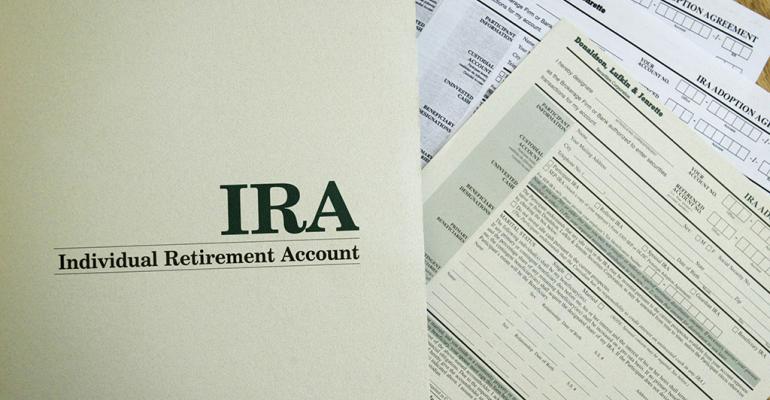The United States Supreme Court has determined that inherited IRAs are not protected from bankruptcy creditors. Although this development presents a serious risk for clients, it also presents a planning opportunity for financial advisors.
How Protecting Inherited IRAs Benefits Financial Advisors
- If a retirement account is seized in a lawsuit, spent down on frivolities, or wrangled from a beneficiary by a predator, those assets leave your management. On the other hand, if assets remain protected in trust, they remain under your management for a lifetime.
- The change in law also provides a legitimate reason to contact your clients, review assets, and determine whether there are retirement accounts not yet under your management.
- And, when you spot a vulnerability, you provide more value and increase your clients’ confidence in your relationship.
- The Standalone Retirement Trust is the solution because in the absence of any creditor problems now or in the future, it can assure the fullest application of the power of the stretch that your client’s desire. In addition, you as a trusted advisor are in a position to continue providing management and advice to the beneficiaries.
What Can be Done to Protect Inherited IRAs from Creditors?
By far the best option for protecting retirement accounts is to create a Standalone Retirement Trust (SRT) for the benefit of all of the intended beneficiaries. If properly drafted, this type of trust offers the following advantages:
- Protects the inherited retirement account from beneficiaries’ creditors as well as predators and lawsuits
- Ensures that the inherited retirement account remains in the family bloodline and out of the hands of a beneficiary’s spouse, or soon-to-be ex-spouse
- Allows for experienced investment management and oversight of the retirement account assets by a professional trustee
- Prevents the beneficiary from gambling away the inherited retirement account or blowing it all on exotic vacations, expensive jewelry, designer shoes, and fast cars
- Enables proper planning for a special needs beneficiary
- Permits minor beneficiaries such as grandchildren to be immediate beneficiaries of the inherited IRA without the need for a court-supervised guardianship
- Facilitates generation-skipping transfer tax planning to ensure that estate taxes are minimized or even eliminated at each generation
Planning Tip: Additional value is created when provisions are made for the benefit of a spouse. This may be important for many reasons aside from creditor protection, including a second marriage with a blended family or, when coupled with disclaimer planning, for a spouse who eventually needs nursing home care and seeks to qualify for Medicaid. A layered retirement account beneficiary designation which includes a Standalone Retirement Trust and disclaimer planning can offer a great deal of flexibility for clients who want to ensure that their hard-saved retirement funds stay in their family’s hands and out of the hands of creditors and predators.
What about the “Stretch”?
Of course, even the best laid plans of a future beneficiary “never to touch” the inherited retirement account can go astray, the required minimum distribution of an inherited IRA or retirement plan actually begins as a very small percentage, but just a little bit extra taken from time to time will destroy the accumulation and tax deferral power.
The Bottom Line: Protecting Inherited Retirement Assets
Given the amount of wealth held inside retirement accounts, planners must become adept at helping their clients figure out who or what to name as the beneficiary of these assets. The change in law has amplified the need to become knowledgeable about the pros and cons of all of beneficiary choices for retirement assets.
SRTs are certainly not one-size-fits-all planning and can only be done on an individual, case-by-case basis. We are here to answer your questions about protecting beneficiaries of retirement accounts through Standalone Retirement Trusts, disclaimer planning, and layered beneficiary designations. Feel free to call with questions; we’re always happy to help.
This article is courtesy of WealthCounsel, a community of over 4,000 trusts and estates attorneys with a common goal to practice excellence. To learn more, visit wealthcounsel.com.





